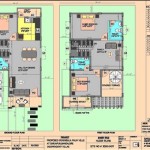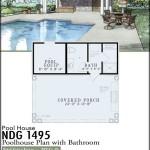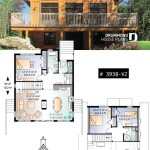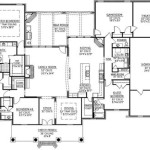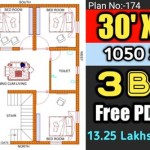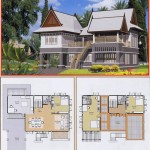How To Draw House Plan As Per Vastu
Vastu Shastra is an ancient Indian system of architecture and design that aims to create harmonious and healthy living spaces. When drawing a house plan as per Vastu, there are several essential aspects to consider to ensure that the home promotes well-being and prosperity for its occupants.
1. Orientation of the House
The orientation of the house is crucial in Vastu Shastra. The ideal orientation is considered to be facing north or east, as these directions are associated with positive energy and growth. The main entrance should be placed in the northeast or north direction, as this allows for the entry of auspicious energy into the home.
2. Placement of Rooms
The placement of rooms in a house plan as per Vastu is also significant. The northeast corner is considered the most auspicious, and it is recommended to place the master bedroom in this area, as it promotes sound sleep and well-being. The kitchen is best placed in the southeast corner, as this direction is associated with fire and nourishment. The bathrooms and toilets should be located in the southwest or northwest corners, as these directions are associated with elimination and drainage.
3. Shape of the Plot and House
Vastu Shastra prescribes certain shapes for the plot and house as per Vastu. Square or rectangular plots are considered ideal, as they allow for optimal flow of energy. The house should be designed to have a regular shape, without any irregular projections or cut-offs.
4. Entrance and Main Door
The entrance to the house is considered a sacred space in Vastu Shastra. The main door should be spacious, well-proportioned, and made of solid wood. It should open inwards, allowing for the free flow of positive energy into the home. A small rangoli or auspicious symbol can be placed outside the doorstep to welcome prosperity and good luck.
5. Water Bodies
Water bodies are considered essential elements in Vastu Shastra and are believed to bring positivity and abundance. Incorporating a fountain or water feature in the north or northeast direction of the house can enhance the flow of positive energy. A pond or water body in the southwest corner can also be beneficial, as it helps to neutralize negative energies.
6. Use of Natural Elements
Vastu Shastra emphasizes the importance of incorporating natural elements into the design of the house. This includes using natural materials such as wood, stone, and clay, as they promote a sense of balance and harmony. Natural light and ventilation should be maximized through the use of windows and balconies, as they allow for the circulation of fresh air and positive energy.
7. Colors and Finishes
The colors and finishes used in the house plan as per Vastu should be in accordance with the principles of color psychology. Light and earthy tones are recommended, as they create a calming and inviting atmosphere. Natural wood finishes and stone textures can be used to enhance the aesthetic appeal and promote a sense of connection with nature.
By considering these essential aspects when drawing a house plan as per Vastu, you can create a home that is not only aesthetically pleasing but also promotes well-being, prosperity, and harmony for its occupants.

The Science Of Vastu Shastra Way To Plan Your House Happho

Vastu Model Floor Plans For North Direction

House Plan According To Vastu Shastra N Plans Luxury
Wonderful 2bhk South Facing House Plans As Per Vastu Shastra

38x50 G 2 House Design As Per Vastu Plan And Designs Books
1bhk Tiny House Plans As Per Vastu Shastra

East Facing House Plan Vastu For

27 Best East Facing House Plans As Per Vastu Shastra Civilengi One Floor Simple

2bhk South Facing House Plans As Per Vastu Book Best Inside Plan And Designs Books

Perfect 100 House Plans As Per Vastu Shastra Civilengi

